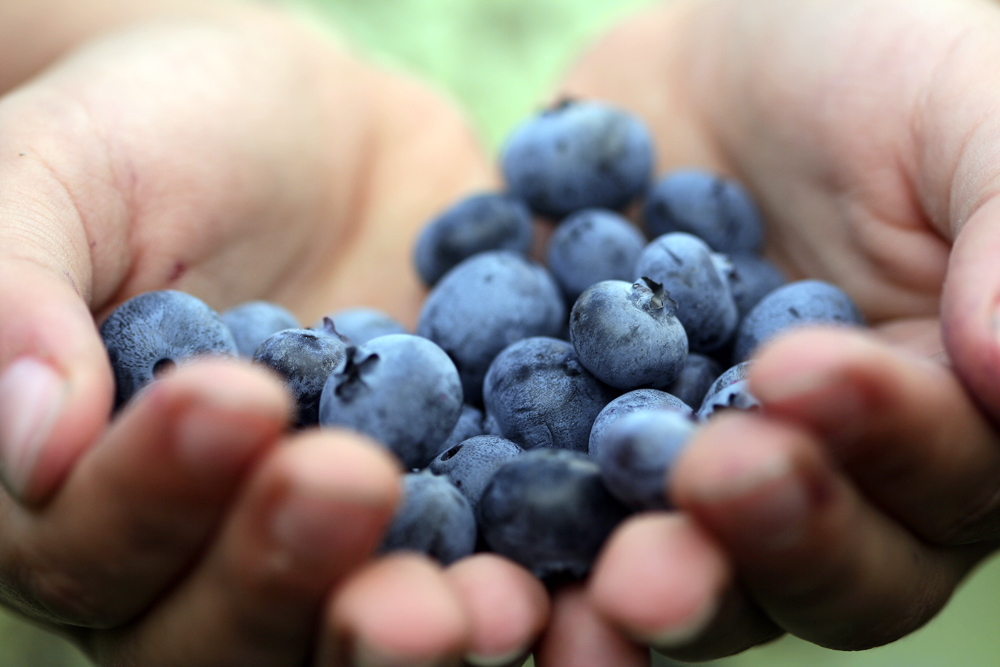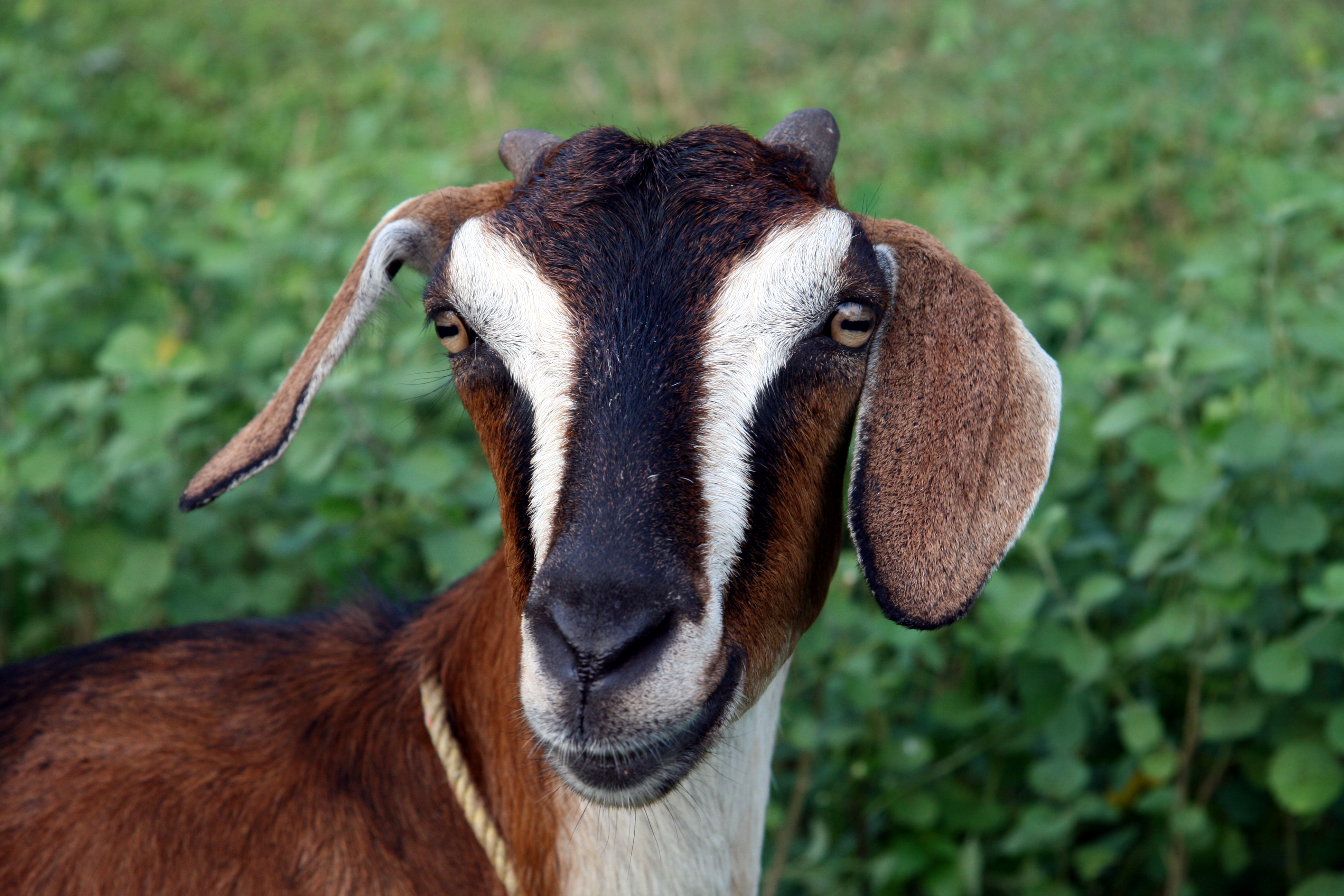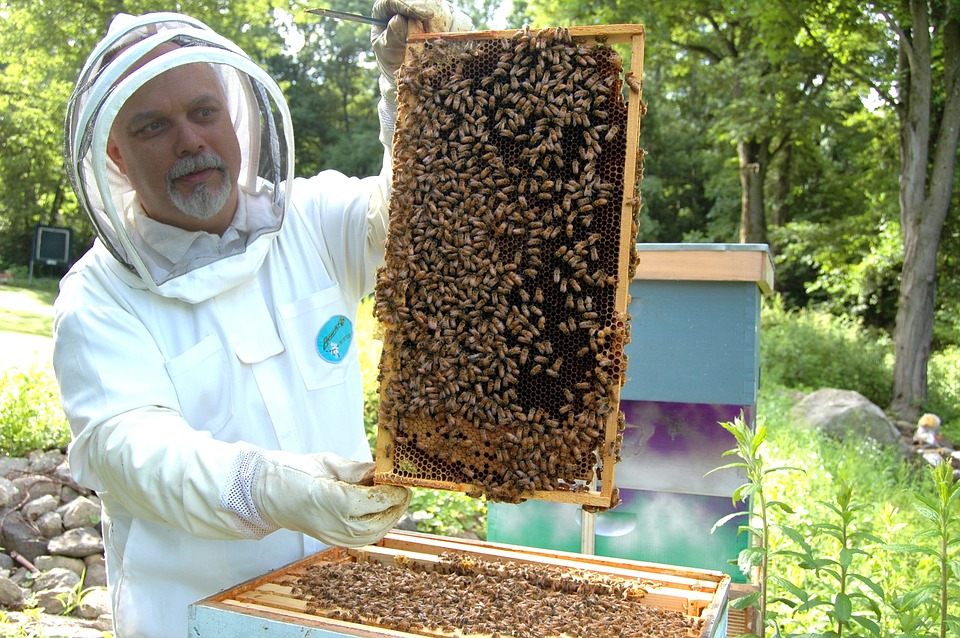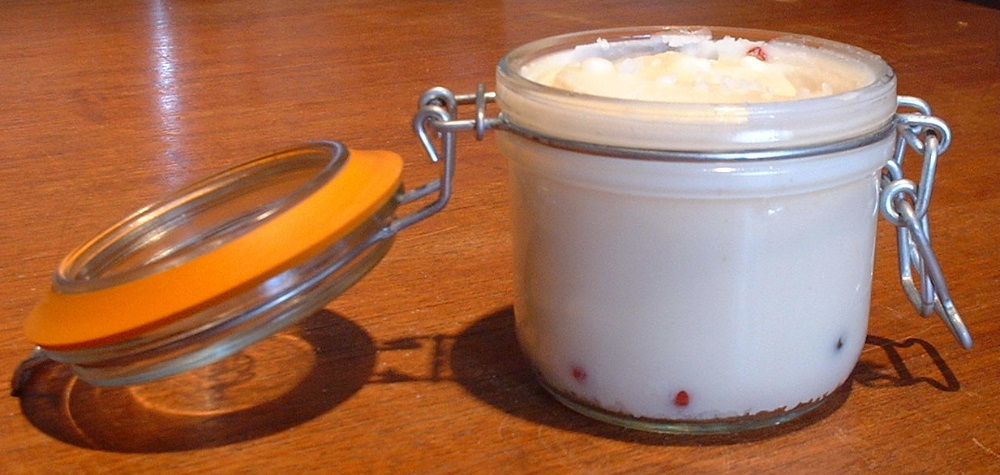Five Things That Are Better Analog
One of the challenges of homesteading is getting off the grid completely, and the less your life is digitized, the more possible this is. Americans are quickly losing the last traces of self reliance by using digital everything, from media, newspapers, communication to even their home appliances and cars. Here are a list of a … Read more








